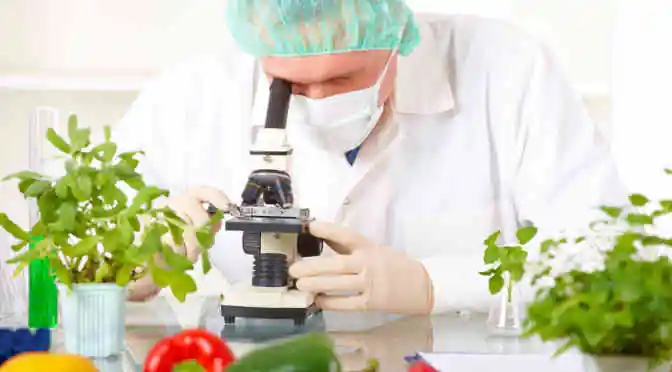
Nearly two years after it started, the water crisis in Flint, Michigan is coming to a head.
First, a bit of background: In April 2014, the state decided to save money by switching Flint’s water source from Lake Huron to the Flint River—a body of water already notorious for being dirty. Residents complained about the look, taste and smell of the water, and researchers found it to be highly corrosive. This resulted in lead from service lines leeching into the water and poisoning the city’s water supply.
According to Technavio, the global water purifier market is expected to reach a value of $17.85 billion by 2020, growing at a CAGR of 14.27%.
A state of emergency has been declared, and the state, with the help of the National Guard, is handing out filters and bottled water. But in a lot of cases, the damage has been done. Health officials have reported a spike in cases of Legionnaires’ disease, which is caused by bacteria found in water, in the same county as Flint.
This is a pretty bare bones overview of a complex, tragic situation. And to make matters worse, we’ve heard this story before, although not often from a developed country like the US.
Flint’s water crisis is a small part of a much bigger picture
While about 70 percent of the world is covered by water, only 2.5 percent of this is fresh. And as seen in Flint, many of those fresh water sources aren’t drinkable, making clean, safe drinking water a scarce commodity.
Waterborne diseases worldwide 2014
Source: Technavio, 2016
“As a result, some 1.1 billion people worldwide lack access to water, and a total of 2.7 billion find water scarce for at least one month of the year. Inadequate sanitation is also a problem for 2.4 billion people—they are exposed to diseases, such as cholera and typhoid fever, and other water-borne illnesses. Two million people, mostly children, die each year from diarrheal diseases alone,” says a WWF overview of water scarcity.
Don’t rely on purification plants; home water purifiers are a safer bet to cut waterborne disease
According to a new report from Technavio, concerns over water safety will result in $8.69 billion growth in the global water purifier market from 2015 to 2020.
Water purifier growth drivers:
- Availability of low-cost water purifiers
- Technological innovations for product differentiation
- Rising urbanization in emerging economies
- Increase in waterborne diseases
We already know that the presence of heavy metals and other contaminants in drinking water is extremely dangerous, and in a lot of cases simply boiling water isn’t enough to remove impurities.
In these cases, the WHO recommends point-of-use (POU) water treatment solutions, rather than relying on purification plants. These POU systems are installed in the home, typically under a kitchen or bathroom sink. UNICEF echoes the WHOs recommendations and also endorses at-home water treatment as an effective way to prevent waterborne diseases.




